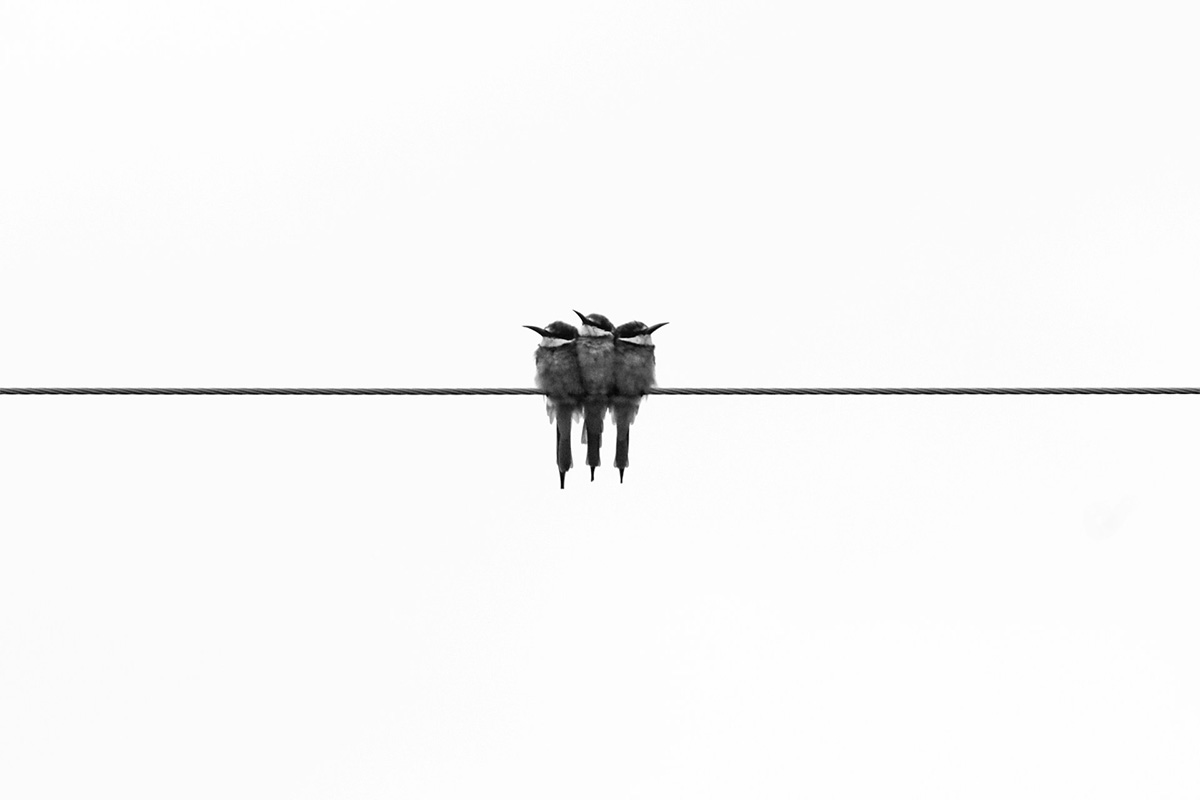RESCUE MISSION: Lessons in Altruism from Animals

Photo by Glen Carrie on Unsplash
Empathy and altruistic behavior are by no means exclusive to humans. They are often observed in the animal world as well. Sometimes, these observations yield sensational results. The fact that there are resuscitation doctors in the human world surprises no one. But it turns out that even mice are capable of providing emergency resuscitation, saving the lives of their fellow creatures.
WE ARE ALL INCURABLE ALTRUISTS
R
esearch previously published in Science Advances suggests that people tend to be kind to one another even when their interests compete. There is a whole range of motivations that drive altruistic behavior in humans — from simple reciprocity («you scratch my back, I’ll scratch yours») to the desire for social approval.
To determine how different altruistic motives might conflict with or neutralize each other, scientists from the University of South Carolina recruited 709 volunteers. Each participant received 10 points for every charitable decision they made, which corresponded to a small but real monetary equivalent. The decisions were made within various pre-designed scenarios.
The researchers found that people do not rank their motives for helping others. Their altruistic impulses remained consistent regardless of the scenario combinations. Overall, the nature of human altruism remains a mystery to science. Yet it is recognized that the chances of civilization emerging would have been extremely slim if humans had not been inclined to show kindness even to those they barely know.
MOUSE «EMERGENCY RESPONSE»
However, more and more scientific evidence suggests that altruistic behavior is not a uniquely human trait. It may be a natural tendency of all mammals, originating at the dawn of their evolution. This idea, in particular, is supported by a recent study by neurobiologist Wenjian Sang from the University of Southern California, reported by Science Advances.
To the scientists’ surprise, mice were found to possess genuine resuscitation and paramedic skills. When they see a fellow mouse in trouble — for example, unconscious — they immediately attempt to provide emergency assistance. This prosocial behavior in rescuing mice appears purposeful and deliberate.
The rescue attempts do not seem spontaneous. Otherwise, how can one explain the fact that the resuscitation efforts continued persistently for five days until the desired result was achieved? Mice perceive their anesthetized companions as being in distress and begin to perform something akin to artificial respiration.
WHAT DO MICE KNOW ABOUT CHINESE MEDICINE?
There is a clear neural connection between the tongue and the brain, and the rescuing mice behave as if they are aware of it. They start nibbling at the victim and pull its tongue outward. This technique expands the airways and stimulates certain centers in the mouse brain, helping the anesthetized mouse regain consciousness more quickly.
In fact, the process is quite similar to that in humans. In a human social context, fainting serves as a signal to provide physical assistance and to help the person regain consciousness.
In traditional Chinese medicine, pinching or acupuncture is applied to a specific point on the face located above the upper lip along the midline. Stimulating this point during fainting or general anesthesia has a reviving effect.
JUST LIKE HUMANS
Naturally, mice are unaware of the achievements of ancient Chinese medicine. Yet, in principle, they do nearly the same thing to «revive» their fellow creatures. In 50 percent of cases, they even attempt to resuscitate mice that are already dead. Sometimes, they perform something resembling «surgical procedures», extracting foreign objects that researchers have deliberately placed in the patient’s mouth.
Moreover, reviving unconscious companions is just one example of prosocial behavior in rodents. There are others as well. For instance, it is known that they try to free those trapped in cages. However, mice showed much greater eagerness when helping animals they were familiar with. Their empathy toward strangers was somewhat weaker — which also aligns quite well with our human experience.
MICE ARE NOT ALONE: ALL ANIMALS ARE «KIND»
It turns out that even what might seem to us as unconventional medicine is quite natural for animals. And it’s not just rodents that resort to it. The tendency to help others under extreme stress is characteristic of many species. Most likely, in such states, the medial amygdala is activated across mammals, along with an increased release of oxytocin — the hormone of social bonding.
Therefore, it is not surprising that similar rescue behaviors are found in much larger animals — such as elephants and dolphins. It’s hard to believe that such behavior is regulated solely by reflexes and instincts.
After all, altruistic reactions in the animal world are quite diverse and individualized. They always take into account different aspects of the situation, as well as the animal’s own personality.
Original research:
When copying materials, please place an active link to www.huxley.media
Select the text and press Ctrl + Enter






